Article Updated on June 2025
VR training can provide a number of benefits for companies, including improved learning outcomes, increased efficiency, reduced risk, and cost-effectiveness.
As a result, Virtual Reality company like Twin Reality helping Industrial companies to train their employees and improve their skills and knowledge.
Let’s get ready to know:
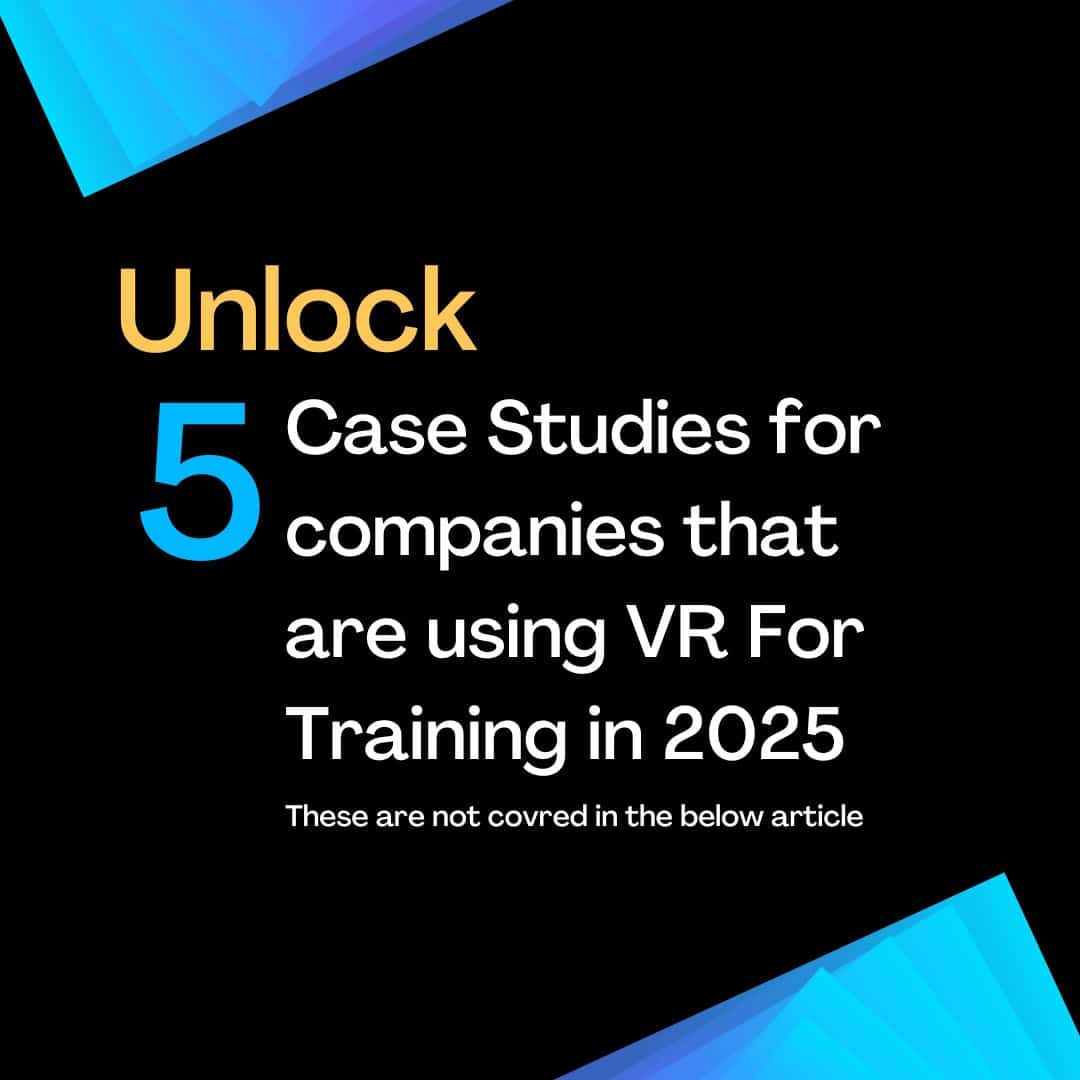
Download Our Latest EBook Here
Companies that are using virtual reality for training.
Table of Contents
Most Popular VR Headset Using by Companies for Training
What is VR Training
VR training is basically using virtual reality tech to train people in a super immersive way. Instead of learning by reading manuals or watching videos, you put on a VR headset and actually step into a virtual environment that simulates real-world scenarios. It’s like you’re inside a video game, but instead of playing, you’re learning how to do a job or complete a task.
Here’s what makes VR training stand out:
Cost Savings
Data Driven Insights
Hands-On Learning Without the Risks
Full Immersion
So, in a nutshell, VR training is like stepping into a safe, virtual sandbox where you can practice real-world tasks as many times as you need to. It’s more engaging, more hands-on, and way more effective than traditional methods, all while saving companies time and money.
1. Mondelez International


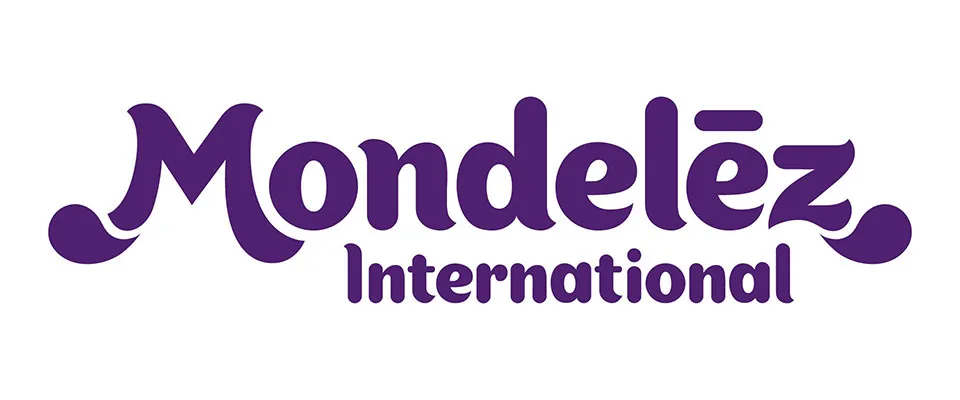
Developed by Twin Reality
we are proud to introduce a cutting-edge Virtual Reality (VR) Building Information Modeling (BIM) Visualization application designed to revolutionize the way companies plans, designs, and manages its facilities.
This bespoke application leverages the latest in VR technology to provide immersive, real-time 3D visualisation of building projects and infrastructure, Multiple team collaboration , Distance Calculator and many useful features in terms of Industrial Point of view.
We have provided customize application which meets the unique needs of client, enabling stakeholders to virtually walk through and interact with the 3D models of upcoming new facility.
Key Features of this TwinBIM VR application
- Distance Calculator: Measure distances accurately.
- Issue Tagging: Assign issues easily.
- Portal Navigation: Move through walls effortlessly.
- Screenshot Capture: Share area screenshots quickly.
- Audio to Text: Speak, convert to text.
- Map Navigation: Navigate areas swiftly.
As we continue to refine and expand the capabilities of our VR BIM Visualization application, we remain committed to providing clients with the tools needed to lead in the digital transformation of facility management and construction. Our partnership marks a significant step forward in harnessing the power of VR technology to create tangible value and drive forward-thinking solutions in the industry.”
Achievement
- Handling hevay 3D Spatial Model of 3.5GB.
- Live rendering of 25 Million poly counts.
- Collaborative review upto 32 users with 25.17 ms latency.
2. Rolls Royce
Rolls-Royce began virtual reality training during Covid-19 pandemic with its two-day BR725 familiarization class. Participants joined the class remotely, logging in over the internet while wearing VR glasses and handheld VR controllers.
Students could learn about parts of the engine and components exactly as they relate to each other, either in an as-assembled view or by virtually taking them apart, assembly by assembly, piece by piece.
Rolls Royace began valuable maintenance training, to dramatically increase knowledge proficiency, accelerate skill levels, shorten learning curve, and increase retention rates.
Features of Rolls Royce VR Training
Collaboration Capability
Secure and Supported
Flexibility
3. Toyota
Toyota’s VR Dojo is a fascinating example of how tech is making its way into traditionally hands-on fields like manufacturing. So, here’s the gist of it in more human terms:
Toyota wanted to find a way to train their workers more effectively, especially when it comes to assembly line skills and safety protocols.
They came up with this virtual reality (VR) training system, which is basically like giving their employees a way to practice on complex machinery or tasks without having to actually stop production or risk getting hurt.
Imagine being able to screw up as many times as you need in a virtual environment until you get it right, but with no real consequences. That’s pretty much what the VR Dojo does—only, Toyota-style.
What’s cool is that it’s not just a passive learning experience. The system is tracking everything you do, from how long you take to complete a task to whether you’re getting the steps right. It’ll even flag areas where you could improve.
So, it’s not just training, but it’s also giving you real-time feedback. The idea is that this kind of hands-on virtual practice gets people up to speed faster.
Features of Toyota’s VR Dojo VR Training
Real Time Feedback
Customized Learning Paths
Data-Driven Insights
4. Mars
Mars’ Perfect Store Assessment is basically their game plan for making sure their products are front and center in stores, set up in a way that grabs shoppers’ attention and boosts sales.
It’s not just about putting stuff on shelves—it’s about creating a shopping experience that makes people more likely to pick up Mars products. Here’s the lowdown:
- Smart Product Placement: Mars knows that where their products sit in a store matters. The Perfect Store strategy is all about getting candy bars, pet food, and other Mars items in prime spots—like right by the checkout or at eye level where people are more likely to grab them.
- Cool Displays: It’s not just about stacking products; they want to make sure the displays look good, too. Eye-catching setups that are easy to browse through. Think of those end-of-aisle displays that pull you in—Mars is all about making their products pop like that.
- Shopper Behavior Data: Mars has data nerds digging into what people do when they’re shopping—like what aisles they walk down, what catches their eye, and what makes them toss something into their cart. They use all that info to set up the store in a way that makes people more likely to buy.
Keeping Stores in Check: After everything is set up, Mars doesn’t just walk away. They’ve got a system to check that stores are sticking to the Perfect Store plan. If things are off—maybe products aren’t where they’re supposed to be—they can fix it before it starts affecting sales.
Boosting Sales & Happy Shoppers: The whole point of this is pretty simple: sell more stuff and make sure shoppers are happy while they’re at it. The easier it is to find and grab Mars products, the more likely customers are to walk out with them.
Custom for Every Store: Mars gets that not all stores are the same. What works in a big supermarket might not fly in a small, local shop. So, the Perfect Store Assessment is flexible, making sure each store’s layout and customer base get the right setup.
Teaming Up with Retailers: This isn’t Mars going it alone—they work closely with the stores to figure out what’s going to work best. It’s all about teamwork to make sure the displays and product placements work for both Mars and the retailers.
Features of Mars’ Perfect Store Assessment
Strategic Product Placements
Shopper Behavior Insights
Adaptable for Different Stores
4. Siemens
Siemens, the renowned Automation Company has entered the new dimension of learning with their VR solution to provide factory training and enhance the engineering expertise of their sales force. With this groundbreaking VR technology, the company is benefitting from greater speed, effectiveness, safety, reach, and availability of 24/7 training.
- 𝐂𝐮𝐬𝐭𝐨𝐦𝐢𝐳𝐞𝐝 𝐓𝐫𝐚𝐢𝐧𝐢𝐧𝐠 𝐒𝐨𝐥𝐮𝐭𝐢𝐨𝐧𝐬: Siemens used their digital twin data to create advanced 3D training with VR support, tailored to their products and facilities.
- 𝐄𝐟𝐟𝐞𝐜𝐭𝐢𝐯𝐞 𝐓𝐫𝐚𝐢𝐧𝐢𝐧𝐠: Training programs are customized with increasing difficulty,
cutting training time by up to 50% and reducing errors by up to 40%. - 𝐂𝐨𝐬𝐭 𝐒𝐚𝐯𝐢𝐧𝐠𝐬 𝐰𝐢𝐭𝐡 𝐕𝐢𝐫𝐭𝐮𝐚𝐥 𝐓𝐫𝐚𝐢𝐧𝐢𝐧𝐠: Siemens has been able to reduce training costs by eliminating the need for expensive physical prototypes, hardware, and tools.
- 𝐄𝐟𝐟𝐢𝐜𝐢𝐞𝐧𝐭 𝐕𝐢𝐫𝐭𝐮𝐚𝐥 𝐓𝐫𝐚𝐢𝐧𝐢𝐧𝐠: With verifiable and flexible training methods, workers achieve the same level of knowledge faster, even at locations distributed around the world.
5. Walmart:
Walmart has used VR to train its employees in customer service, management, and other skills. The company’s VR training program allows employees to practice interacting with customers, handling difficult situations, and operating equipment in a safe and controlled environment.
One example of Walmart’s VR training program is the “Walmart Academy,” which is a comprehensive training program that teaches employees about customer service, product knowledge, and other skills.
The program includes VR simulations that allow employees to practice interacting with customers, handling difficult situations, and operating equipment.
According to Walmart, the VR training program has been successful in improving employee performance and customer satisfaction, and the company plans to continue expanding its use of VR training in the future.
Overall, Walmart’s VR training program is an example of how companies can use VR technology to improve the efficiency and effectiveness of their training programs and help employees develop new skills and knowledge.
6. Lowes:
Lowes, a home improvement retailer, has used VR to train its employees in customer service, sales, and product knowledge. The VR training program allows employees to practice interacting with customers and providing product recommendations in a safe and controlled environment.
One example of Lowes’ VR training program is the “Lowes Virtual Reality Training Center,” which is a state-of-the-art training facility that utilizes VR technology to teach employees how to provide excellent customer service and recommend products to customers.
The VR training program includes simulations of various customer interactions, allowing employees to practice interacting with customers and providing product recommendations in a realistic, simulated environment.

Download Our Latest EBook Here
7. Johnson & Johnson:
Johnson & Johnson has used VR to train its surgeons in complex procedures, allowing them to practice surgeries and procedures in a simulated environment before performing them on real patients.
The VR training program has helped the company improve the skills and knowledge of its surgeons, leading to better patient outcomes.
8. United Rentals:

United Rentals, a provider of construction and industrial equipment, has implemented VR training to teach employees how to operate and maintain its equipment.
The VR training program allows employees to practice using the equipment in a simulated environment, reducing the risk of accidents and injuries.
One example of United Rentals’ VR training program is the “Virtual Reality Training Center,” which is a state-of-the-art training facility that utilizes VR technology to teach employees how to operate and maintain various types of equipment.
The VR training program includes simulations of various equipment, including forklifts, scissor lifts, and boom lifts, allowing employees to practice using the equipment in a realistic, simulated environment.
According to United Rentals, the VR training program has been successful in improving employee performance and reducing the risk of accidents and injuries, and the company plans to continue expanding its use of VR training in the future.
9. The Home Depot:
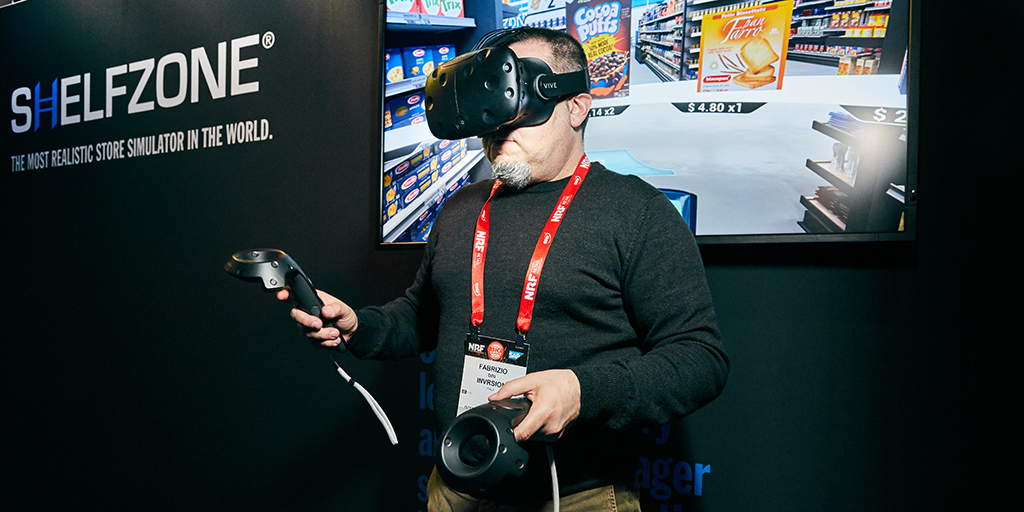
The Home Depot has implemented VR training to teach its employees how to operate and maintain equipment, including forklifts and other heavy machinery.
The VR training program allows employees to practice using the equipment in a simulated environment, reducing the risk of accidents and injuries.
One example of The Home Depot’s VR training program is the “The Home Depot Virtual Reality Training Center,” which is a state-of-the-art training facility that utilizes VR technology to teach employees how to operate and maintain various types of equipment.
The VR training program includes simulations of various equipment, such as forklifts, scissor lifts, and boom lifts, allowing employees to practice using the equipment in a realistic, simulated environment.
10. UPS: Transforming Driver Safety Training with VR
To improve driver hazard awareness, safety protocols, and delivery accuracy by immersing trainees in lifelike virtual driving and logistics scenarios—without the cost and risk of real-world training from day one.
What the VR Training Covers
Pre-Trip Vehicle Inspection
Trainees check mirrors, tires, brake lights, and under-the-hood components in a virtual delivery truck before beginning their route.Hazard Recognition in Urban Environments
Learners experience 360° simulations of busy city streets and must spot pedestrians, cyclists, road signs, and unpredictable vehicles.Parking and Package Handling
Learn how to safely park on narrow streets or loading docks.
Practice proper lifting and delivery procedures in different environmental conditions (rain, night, snow).
Driver Distraction and Judgment Drills
Real-time branching choices test how they respond to distractions, time pressure, and split-second decisions.
11. Delta Air Lines:
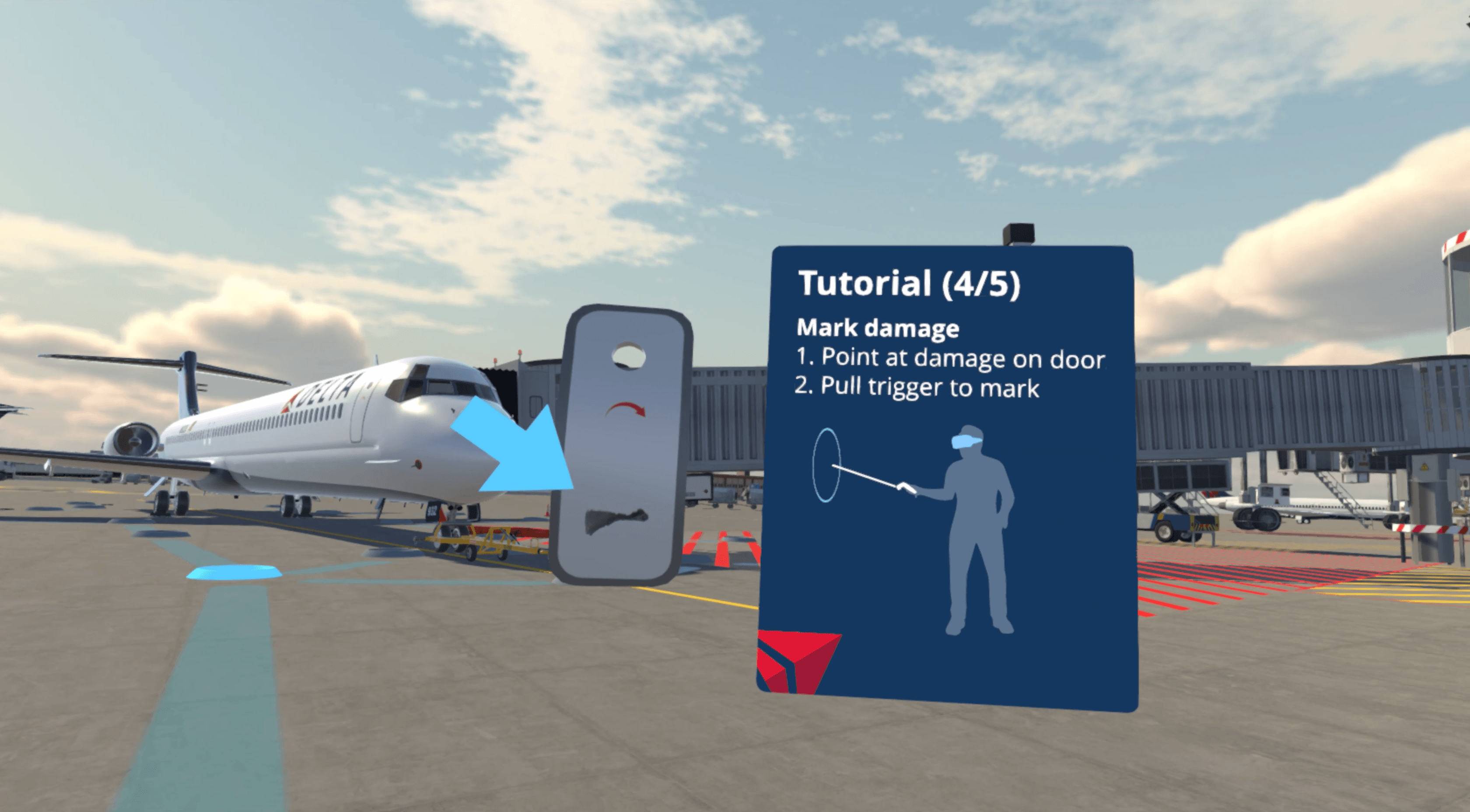
Delta Air Lines has implemented VR training for its flight attendants, allowing them to practice emergency response procedures and customer service skills in a simulated environment.
The VR training program has helped the airline improve the efficiency and effectiveness of its training programs.
One example of Delta Air Lines’ VR training program is the “Delta Virtual Reality Training Center,” which is a state-of-the-art training facility that utilizes VR technology to teach flight attendants how to respond to emergencies and provide excellent customer service.
The VR training program includes simulations of various emergency scenarios, such as medical emergencies, fires, and evacuations, allowing flight attendants to practice these procedures in a realistic, simulated environment.
12. Alcoa:
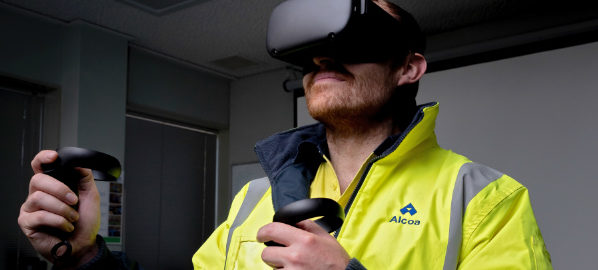
Alcoa, a global aluminum company, has used VR to train its employees in safety procedures and equipment operation. The VR training program allows employees to practice these skills in a simulated environment, reducing the risk of accidents and injuries.
One example of Alcoa’s VR training program is the “Alcoa Virtual Reality Training Center,” which is a state-of-the-art training facility that utilizes VR technology to teach employees how to operate and maintain complex machinery and equipment.
The VR training program includes simulations of various equipment, such as furnaces, rolling mills, and casting machines, allowing employees to practice using the equipment in a realistic, simulated environment.
13. Walgreens:
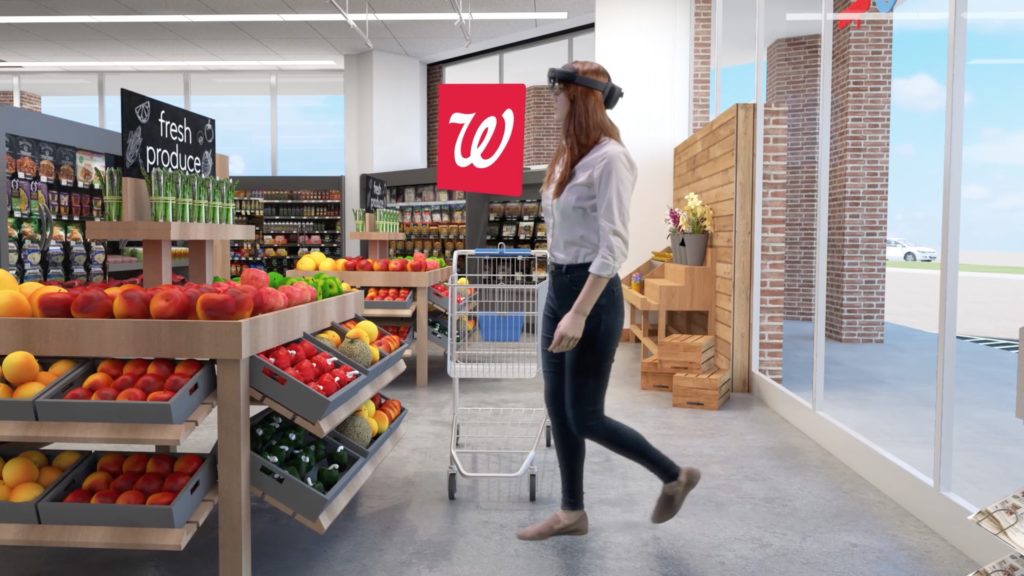
Walgreens, a pharmacy and healthcare company, has used VR to train its employees in customer service and other skills.
The VR training program allows employees to practice interacting with customers and handling difficult situations in a safe and controlled environment.
14. Mercury Engineering
Mercury Engineering is a leading European company specializing in construction solutions and engineering services for various industries.
The services they provide includes: Construction Solutions, Engineering Solutions
Company has recently developed – Work At Height VR Safety Training
Work At Height VR Safety Training is pivotal as it provides an immersive and interactive experience, enhancing learning and retention of safety protocols.
This training allows workers to practice in a risk-free, realistic environment, enabling them to understand the dangers and consequences of height-related mishaps without real-world risks.
It builds confidence in following safety procedures and using equipment, ensuring better preparedness for real-world scenarios.
Furthermore, it offers a cost-efficient and accessible way to train a large workforce consistently and provides immediate assessment and feedback, allowing prompt identification of areas for improvement.
In essence, it’s a revolutionary method to bolster workplace safety by thoroughly preparing employees for the challenges of working at elevated heights.
15. Volvo Group
Volvo Group is a multinational organization that specializes in transportation, mobility, and construction equipment solutions, serving a diverse range of customers and markets worldwide.
Recently They have developed multiple virtual reality training with oculus headset.
- E-mob Training Application In the training we can see that it’s a multiplayer module where different team members can collaborate. Team can inspect the 3d model the truck on different levels and understand the issues
- LNG Training Application – In this training team can learn to change the LNG Tank.
16. Medtronic
This Medical VR Training is developed to understand HysteroLux fluid managment system.
The training shows step by step method to understand the system and to practice it.
The benefit of a VR training app specifically for the HysteroLux system is that it allows healthcare professionals to gain practical knowledge and experience with the system in a controlled and risk-free virtual environment. This is particularly important for the HysteroLux system, as it is used for delicate medical procedures.
The VR training app can help in reducing errors by allowing practitioners to familiarize themselves with the functionalities and operation of the HysteroLux system before they use it in real medical scenarios.
It enables users to practice and refine their skills, ensuring they are well-acquainted with the system, thus enhancing the overall safety and effectiveness of the medical procedures involving the HysteroLux system.
17. Pfizer – Stroke VR Training
To improve how medical professionals—especially junior doctors and ER teams—identify, assess, and treat stroke patients through real-time decision-making and procedural practice in a virtual hospital environment.
🧪 What the VR Training Covers
1. Simulated ER Environment
Learners interact with a virtual patient showing stroke symptoms in a hospital setting. They walk through:
- Symptom recognition (e.g., facial droop, arm weakness, speech)
- Patient triage and handoff procedures
- Time-sensitive decision-making for thrombolysis or thrombectomy
- Post-treatment care steps
2. Interactive & Immersive
The simulation mimics high-pressure environments where “time is brain”—the faster a stroke is treated, the better the patient outcome.
3. Voice Commands & Decision Trees
Users respond using natural voice commands, enhancing realism and allowing branching dialogue with virtual nurses and patients.
🧪 What the VR Training Covers
1. Simulated ER Environment
Learners interact with a virtual patient showing stroke symptoms in a hospital setting. They walk through:
-
- Symptom recognition (e.g., facial droop, arm weakness, speech)
- Patient triage and handoff procedures
- Time-sensitive decision-making for thrombolysis or thrombectomy
- Post-treatment care steps
2. Interactive & Immersive
The simulation mimics high-pressure environments where “time is brain”—the faster a stroke is treated, the better the patient outcome.
3. Voice Commands & Decision Trees
Users respond using natural voice commands, enhancing realism and allowing branching dialogue with virtual nurses and patients.
18. Coca‑Cola – Sanitization Processes (2024)
To train production line employees on sanitization procedures in Coca‑Cola bottling facilities using immersive VR—ensuring safety, hygiene compliance, and efficiency without disrupting actual factory operations.
🧪 What the VR Training Covers
1.Clean-In-Place (CIP) Protocols
Users step through the sanitization process of machinery and fluid lines without touching real equipment—minimizing risk and downtime.
2. Tank & Equipment Cleaning Sequences
VR modules demonstrate:
- Proper disassembly of parts
- Safe handling of chemicals
- Sequenced washing, rinsing, and drying operations
3. Safety Protocols & PPE Checks
Before starting, trainees must put on gloves, eyewear, and suits in the correct order—a gamified PPE compliance drillensures readiness.
4. Hazard Recognition & Emergency Response
Trainees must identify errors like incorrect valve settings or chemical leaks and respond using in-VR prompts and real-time decision making.
19. Hilton: Elevating Hospitality Training Through VR
To enhance the way Hilton team members—especially frontline staff—are trained in customer service, empathy, and property operations using immersive virtual reality. The goal: deliver consistent 5-star service across properties worldwide while improving employee confidence and emotional intelligence.
🧪 What the VR Training Covers
1. Guest Interaction Scenarios
Employees interact with virtual guests to learn:
- Greeting and welcoming techniques
- Conflict resolution (e.g., delayed check-ins, wrong room types)
- Upselling and concierge services
- Handling complaints with empathy
2. Housekeeping & Property Tours
Trainees walk through virtual rooms to:
- Identify cleanliness issues
- Spot inconsistencies in room setup
- Learn SOPs for room turnover
3. Team Collaboration Modules
In multi-role simulations, team members work together virtually—front desk, housekeeping, security—to understand each other’s challenges and roles.
4. Cultural Sensitivity & Empathy Drills
Trainees experience customer interactions from both the staff and guest’s point of view, boosting emotional intelligence and cross-cultural communication.
20. NHS – Racism & Discrimination Awareness
To help healthcare workers better understand racism and unconscious bias by experiencing discriminatory situations from the first-person perspective—a method proven to foster empathy and change behavior.
The NHS (National Health Service, UK) piloted VR training as part of a wider Equality, Diversity & Inclusion (EDI)effort to address complaints and raise awareness of systemic inequalities across the health service.
🧪 What the VR Training Covers
1. Experiencing Racism Firsthand
- Trainees step into the role of a healthcare worker from an ethnic minority background.
- Scenarios include being talked over, unfairly questioned, or left out of decision-making.
2. Role Reversal
Staff also experience scenes from the perspective of colleagues unintentionally contributing to a hostile environment, helping them recognize microaggressions and unintended bias.
3. Interactive Decision-Making
Users choose how to respond to discrimination, see the effects of passive vs active intervention, and receive AI-driven feedback.
4. Debrief & Discussion
Each session ends with guided reflection and group discussion, led by trained facilitators using insights from the VR scenario.
Frequently Asked Questions
VR training enables companies to bridge skills gaps and instill transferable, enterprise skills within their employees
Yes, leading companies are using VR specifically for soft skills training. Managers can even review practice conversations conducted in VR and work with employees to refine their skills
Industries like healthcare, automotive, logistics, and safety have shown notable examples of virtual reality training applications
Companies like VirtualSpeech offer specific solutions aimed at using VR for corporate training, emphasizing both hard and soft skills
The year 2023 has seen significant advancements in the ways companies leverage VR for training, ranging from customer experience training to upskilling business practices
Virtual reality training offers an interactive way to learn, practice, and hone skills in a controlled, simulated setting, ensuring a safer and more effective learning experience
Retail is one of the sectors that has integrated VR in its training methods, with various use cases and examples showcasing its effectiveness[
The increasing use of VR in training signifies a growing trend in 2023, with companies investing more in these immersive technologies to elevate their training programs
